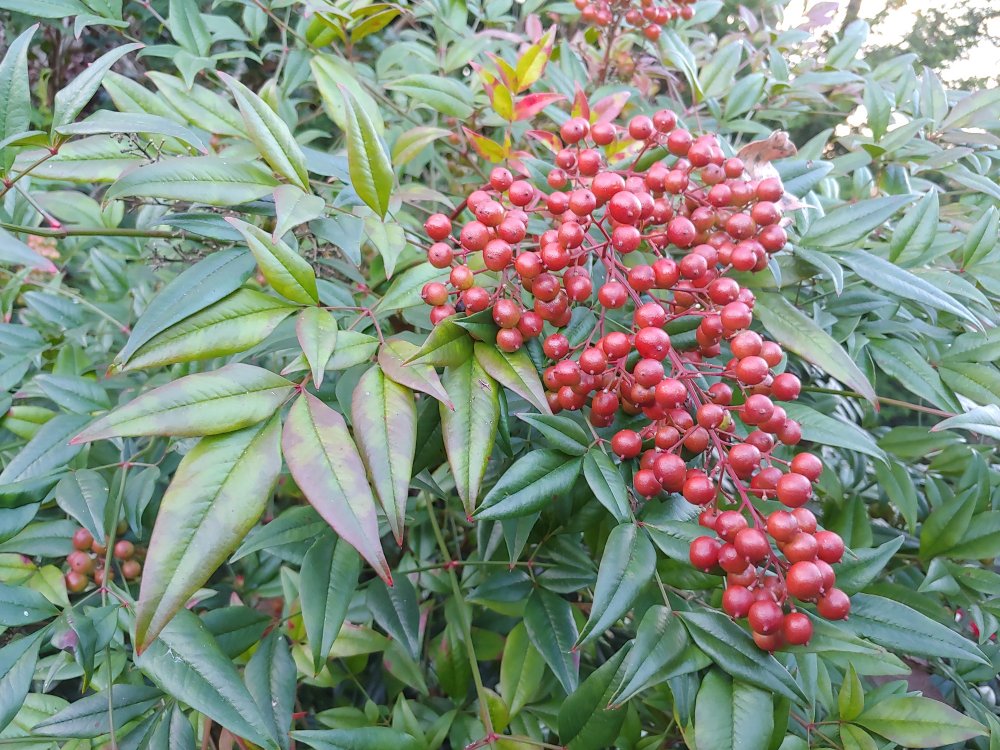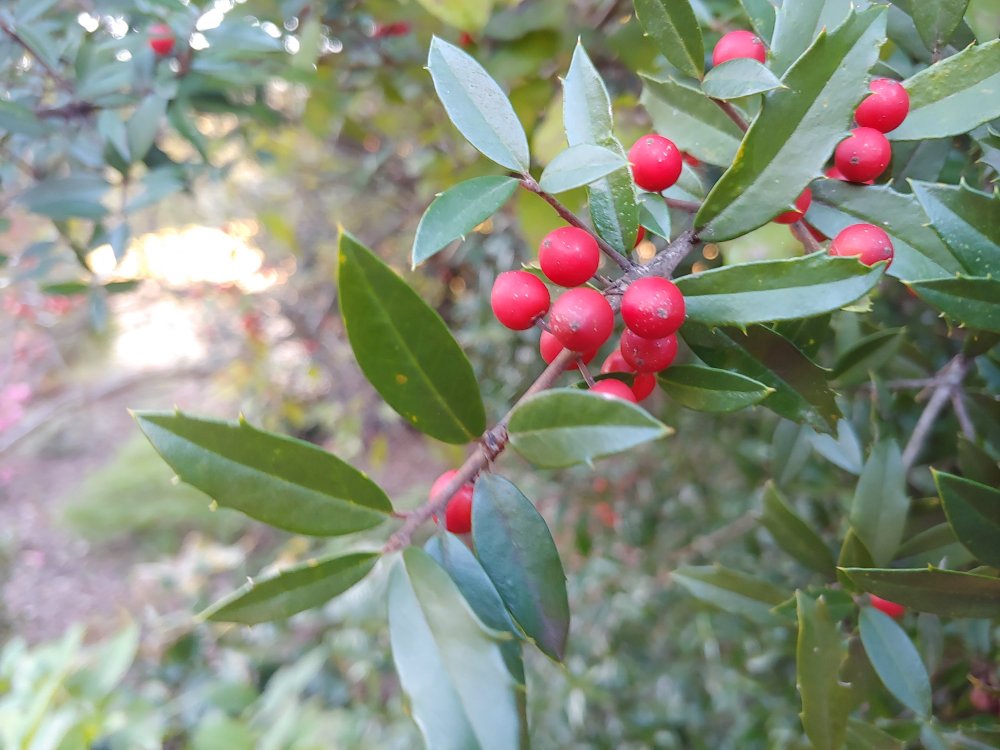Every year, some or multiple events in the garden are deemed odd by the gardener, though these are rarely unusual. Yes, he thinks, we’ve been through droughts (floods, heat, or cold), but never like this one, which is almost certainly nonsense. Few gardeners would argue that our recent late summer drought and delayed coloring of autumn foliage are unusual. Perhaps this occurs less frequently than they expect, maybe every few years, but clearly the word has spread to local leaf watchers.


In this garden without irrigation, most autumn foliage colors are tardy, a result of drought and summer temperatures that left town only a few weeks ago. A large dogwood in the front garden has not fully turned, and most years it’s showing color by late September. Just beginning to turn, the Fernleaf Japanese maple (Acer japonicum ‘Acontifolium’, above) is often the highlight of autumn leaves, but I’ve also noted the particularly glowing foliage of Bottlebrush buckeye (Aesculus parviflora, above).

There are plentiful berries, as usual, and these are more consistent by far than flowering or foliage colors. On very rare occasion, a late freeze in April can discourage the pollination of hollies by bees, who would rather stay indoors for the day (or week). Leaf coloring is effected by recent weather, and no, there is not a thing out of the ordinary this year.
